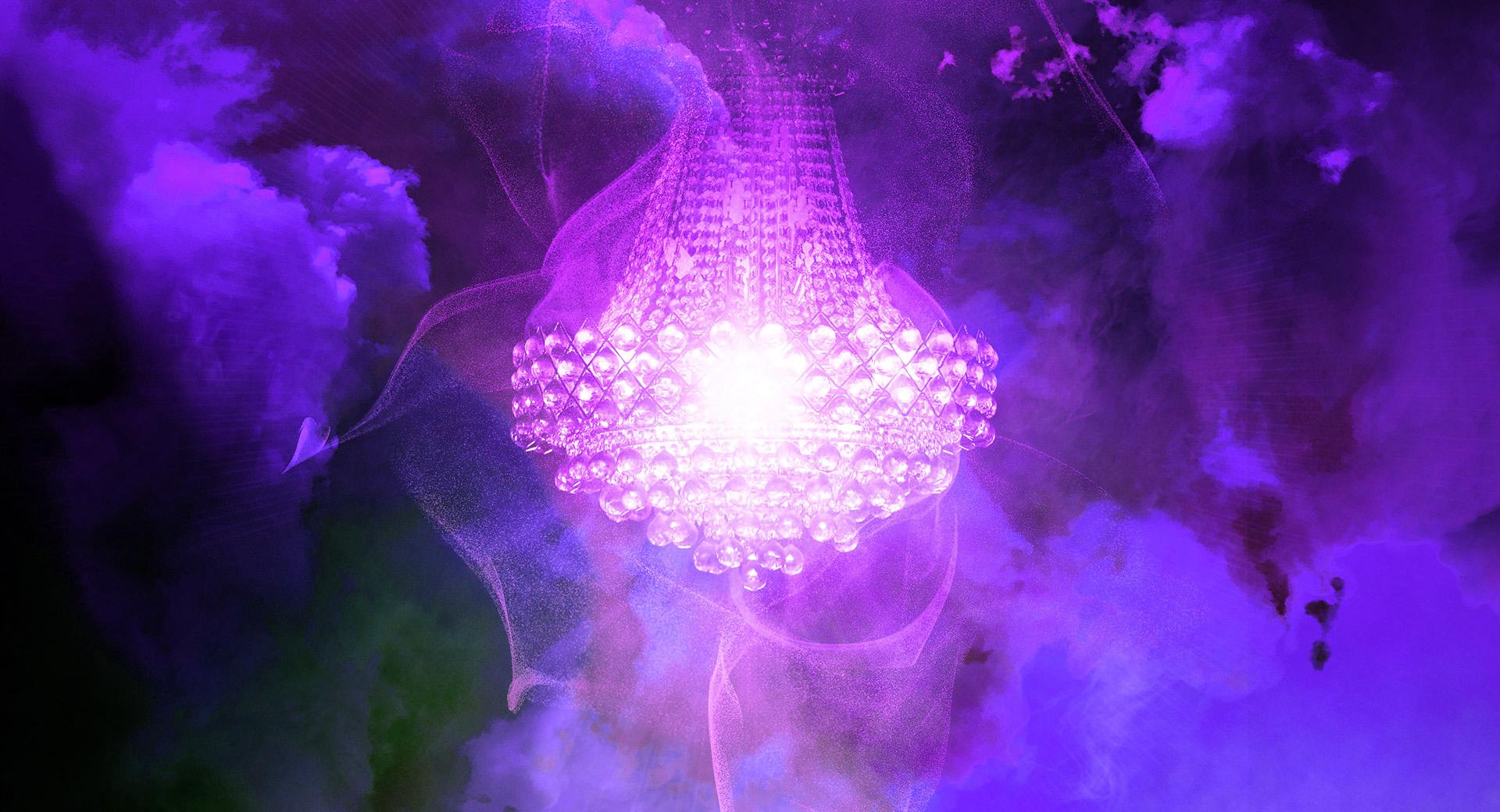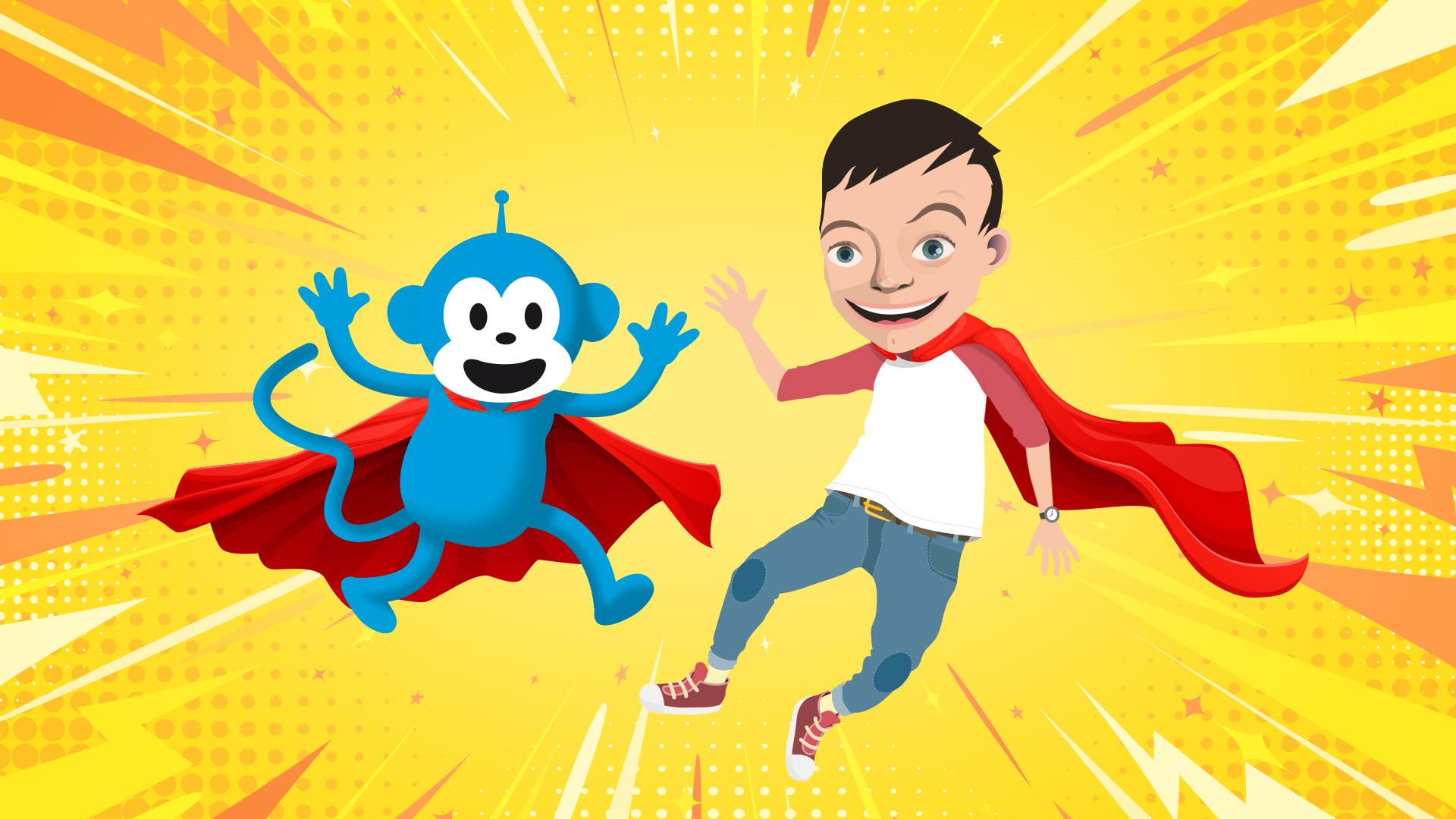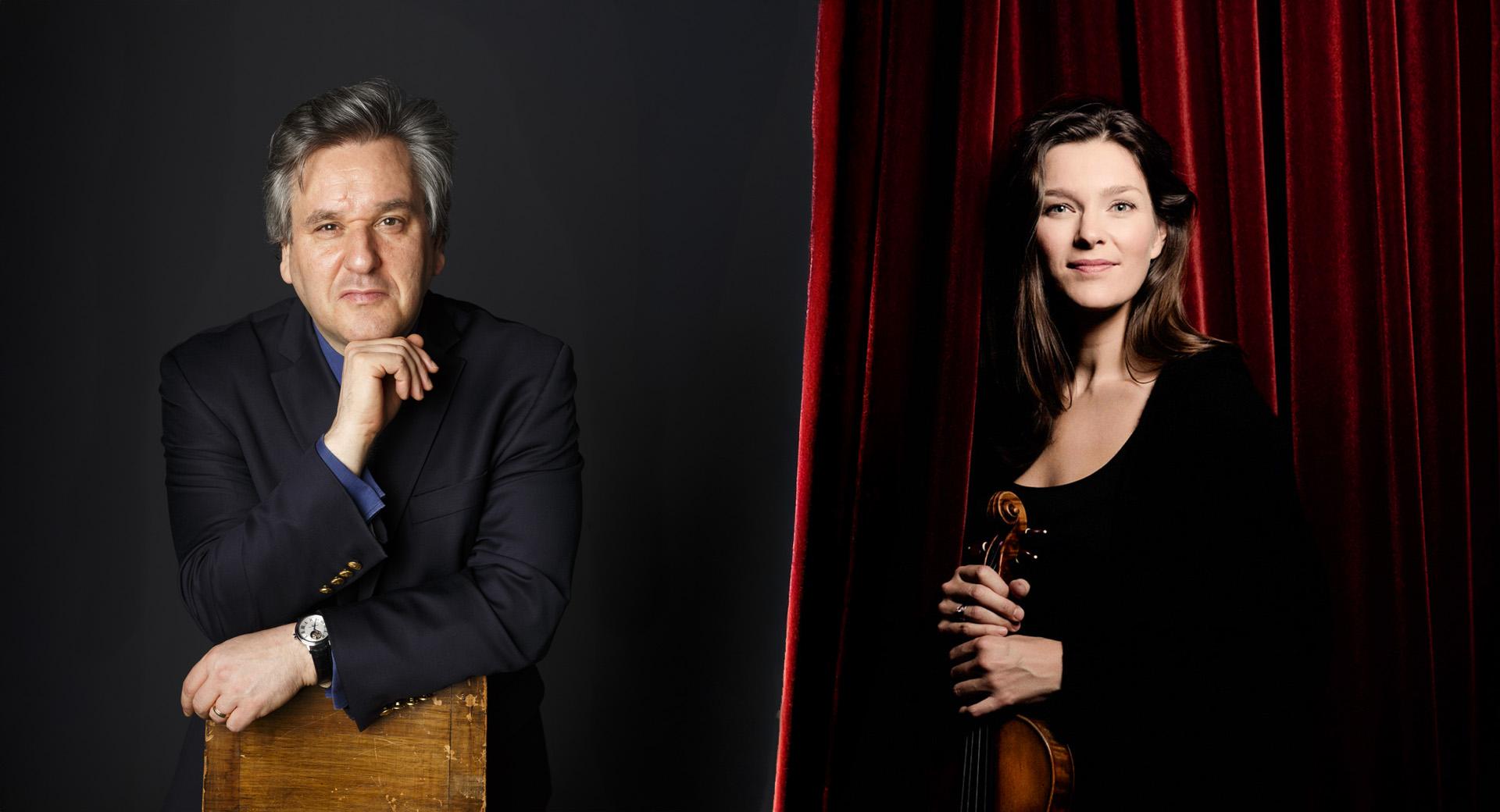Gardolińska & Montero
To touch and allow yourself to be touched on an emotional level is central to Mats Larsson Gothe, whose Symphony No. 4 will premiere this evening. The Venezuelan composer and pianist Gabriela Montero’s method is different. She wants her piano concerto to confirm our ideas of Latin American music while considering the adage “All is not gold that glitters”, with reference to the situation in her country. Beethoven always moves us. This time in his dynamic, extrovert, vigorous seventh symphony.
This production is part of one or more concert series.
Over the last few years, highly acclaimed composer Mats Larsson Gothe has had many major successes, not least with several works for the stage, most recently the opera Löftet (The Promise) at the Royal Swedish Opera. His work within this genre informs his later orchestral works, which are more danceable than earlier compositions. Gothe’s Symphony No. 4 (2022–2023), performed for the first time during the Baltic Sea Festival, was commissioned by and is dedicated to the Swedish Radio Symphony Orchestra. According to Gothe, this is music about life and death, but with moments of beauty. The subtitle, “… out of the mountain of despair a stone of hope,” is a quote from Martin Luther King’s “I Have a Dream” speech. It sums up the symphony’s central theme.
In her Piano Concerto No. 1, “Latin Concerto”, the Venezuelan pianist and composer Gabriela Montero celebrates the spirit of the peoples of South America. It reflects on, and takes the pulse of, the entire continent, both its dark and light aspects. This music includes all the dance rhythms associated with Latin America together with a great deal of charm and sensuality – but all that glitters is not gold; the complex music is not simply superficial entertainment. It reflects Montero’s childhood and training in the United States, and as a result, the work is a combination of Latin American and western classical music. It is clearly inspired by the music of Rachmaninov and Gershwin.
Ludwig van Beethoven’s Symphony No. 7 (1811) was first performed on 8 December 1813 during a charity concert for wounded soldiers, together with his orchestral piece Wellington’s Victory (“Battle Symphony”), celebrating the victory over Napoleon’s forces. The concert, arranged by his contemporary, Johann Nepomuk Mälzel, inventor of the metronome, was held in front of an audience of 5 000. It was Beethoven’s greatest lifetime achievement. Mälzel had a talent for persuading several major musicians and singers to participate in the concert, which contributed to its success. While the “Battle Symphony” was most popular, the seventh symphony received great acclaim too. Both works were for a long time associated with one another, but it is unlikely it was Beethoven’s intention. Work on the seventh symphony was after all completed long before Wellington’s troops won the Battle of Vitoria in June 1813.
Beethoven called the symphony his “most excellent symphony”. It was performed on three more occasions within two and a half months of the premiere. It remains one of his most popular and most often performed, a standard repertoire item, owing to its danceable, cheerful mood, rich melodics and spontaneity.
Text: Andreas Konvicka



